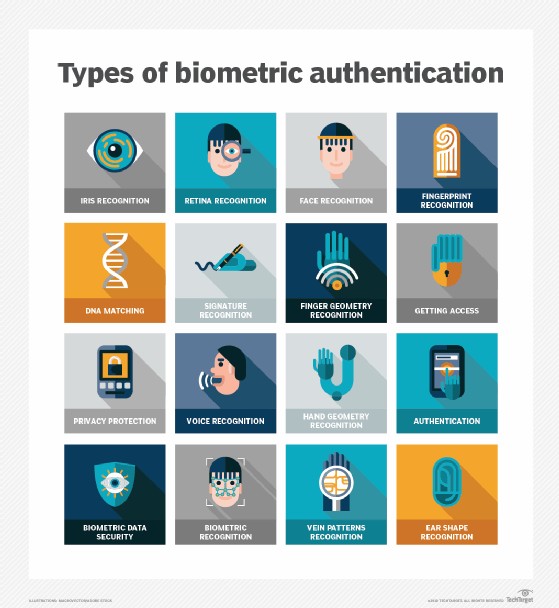What is biometrics? Biometrics is the science of identifying and authenticating individuals based on their unique biological traits. At what.edu.vn, we provide free answers to all your questions about biometrics and related technologies, offering easy-to-understand explanations and practical insights. Explore the fascinating world of biometric technology, its applications, and its implications for security and privacy – and enhance your understanding of personal identification and authentication.
1. Understanding Biometrics: An In-Depth Exploration
Biometrics refers to the automated recognition of individuals based on their distinctive anatomical, physiological, and behavioral characteristics. These traits, such as fingerprints, facial features, iris patterns, voiceprints, and gait, provide a reliable and secure method for identification and authentication. Biometric systems capture, process, and store these unique identifiers to verify an individual’s identity, offering a high degree of accuracy and security compared to traditional methods like passwords or PINs.
1.1. Etymology of Biometrics
The term “biometrics” originates from the Greek words “bio” (meaning life) and “metric” (meaning to measure). This accurately describes the field, which involves measuring and analyzing living beings’ unique characteristics for identification purposes.
1.2. Core Principles of Biometrics
Biometric authentication relies on the principle that every individual possesses unique and measurable biological traits. These traits can be categorized into two main types:
- Physiological Characteristics: These are related to the physical attributes of the body, such as fingerprints, facial features, iris patterns, and DNA.
- Behavioral Characteristics: These involve the unique ways individuals act, such as their typing patterns, voice, gait, and signature.
1.3. How Biometric Systems Work
Biometric systems operate through a series of well-defined stages:
- Enrollment: In this initial phase, the system captures an individual’s biometric data using a sensor (e.g., fingerprint scanner, camera). The captured data is then processed to extract unique features, which are converted into a digital template. This template is securely stored in the system’s database.
- Authentication: When an individual attempts to access a system or service, their biometric data is captured again and processed to create a new template.
- Comparison: The newly created template is compared against the stored template in the database. The system calculates a match score based on the similarities between the two templates.
- Decision: If the match score exceeds a predefined threshold, the individual is authenticated and granted access. If the score falls below the threshold, access is denied.
2. Exploring the Different Types of Biometrics
Biometrics encompasses a wide range of techniques, each with its own strengths and limitations. These techniques can be broadly classified into physiological and behavioral biometrics.
2.1. Physiological Biometrics
Physiological biometrics rely on the unique physical characteristics of an individual. Here are some of the most common types:
- Fingerprint Recognition: This is one of the oldest and most widely used biometric techniques. Fingerprint scanners capture the unique patterns of ridges and valleys on a person’s fingertips.
 Fingerprint identification system for biometric data recognition.
Fingerprint identification system for biometric data recognition. - Facial Recognition: Facial recognition systems analyze the unique features of a person’s face, such as the distance between the eyes, the shape of the nose, and the contours of the jawline.
- Iris Recognition: Iris recognition is considered one of the most accurate biometric techniques. It analyzes the intricate patterns of the iris, the colored part of the eye.
- Retina Scanning: Retina scanning involves mapping the unique pattern of blood vessels in the retina, located at the back of the eye.
- Hand Geometry: Hand geometry systems measure the size and shape of a person’s hand, including the length and width of the fingers and the overall hand area.
- Vein Recognition: Vein recognition technology scans the unique patterns of veins in a person’s hand or wrist using infrared light.
- DNA Matching: DNA matching is the most accurate biometric technique, but it is also the most invasive and time-consuming. It involves analyzing a person’s DNA sample to identify their unique genetic code.
